Spanish students develop interesting chess learning augmented reality project
Chess blog for latest chess news and trivia (c) Alexandra Kosteniuk, 2011
The students Ivan Paquico and Cristina Palmero
show their innovative augmented reality system system for learning to play chess. (Credit: Image courtesy of Universitat Politècnica de Catalunya).
Hi everyone,
Here is an interesting project developed by students at the Terrassa School of Engineering. The system combines augmented reality, computer vision and artificial intelligence.
An ordinary webcam, a chess board and set with custom software are part of this project developed by Ivan Paquico and Cristina Palmero, from the UPC-Barcelona Tech's Terrassa School of Engineering (EET). The project, for which the students were awarded a distinction, was directed by the professor Jordi Voltas and completed during an international mobility placement in Finland.
The system created by Ivan Paquico, the 2001 Spanish Internet chess champion, and Cristina Palmero, a keen player and federation member, is a didactic tool. The system combines augmented reality, computer vision and artificial intelligence, and the only equipment required is a high-definition home webcam, the Augmented Reality Chess software, a standard board and pieces, and a set of cardboard markers the same size as the squares on the board, each marked with the first letter of the corresponding piece: R for the king (rei in Catalan), D for the queen (dama), T for the rooks (torres), A for the bishops (alfils), C for the knights (cavalls) and P for the pawns (peons).
To use the system, learners play with an ordinary chess board but move the cardboard markers instead of standard pieces. The table is lit from above and the webcam focuses on the board, and every time the player moves one of the markers the system recognises the piece and reproduces the move in 3D on the computer screen, creating a virtual representation of the game.
You can read more here.
From Alexandra Kosteniuk's
Also see her personal blog at
Labels: chess blog, chess learning, chess project




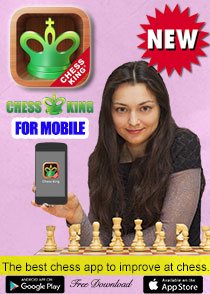
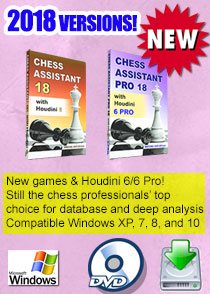

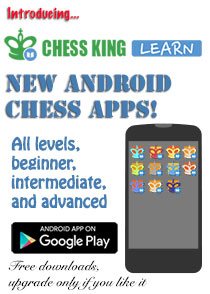









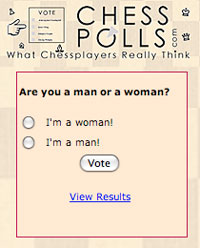











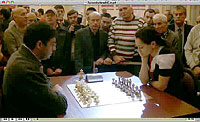
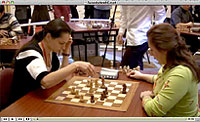
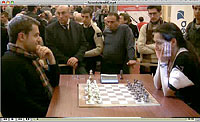

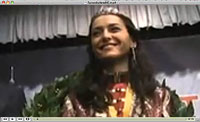

1 Comments:
At February 19, 2011 at 11:02 AM , Alexis Cochran, New Zealand said...
Alexis Cochran, New Zealand said...
Too much for me.
Post a Comment
Note: Only a member of this blog may post a comment.
Subscribe to Post Comments [Atom]
<< Home